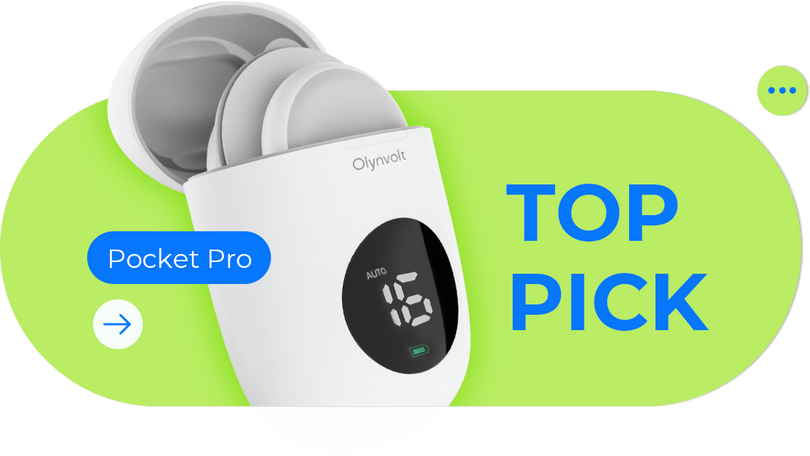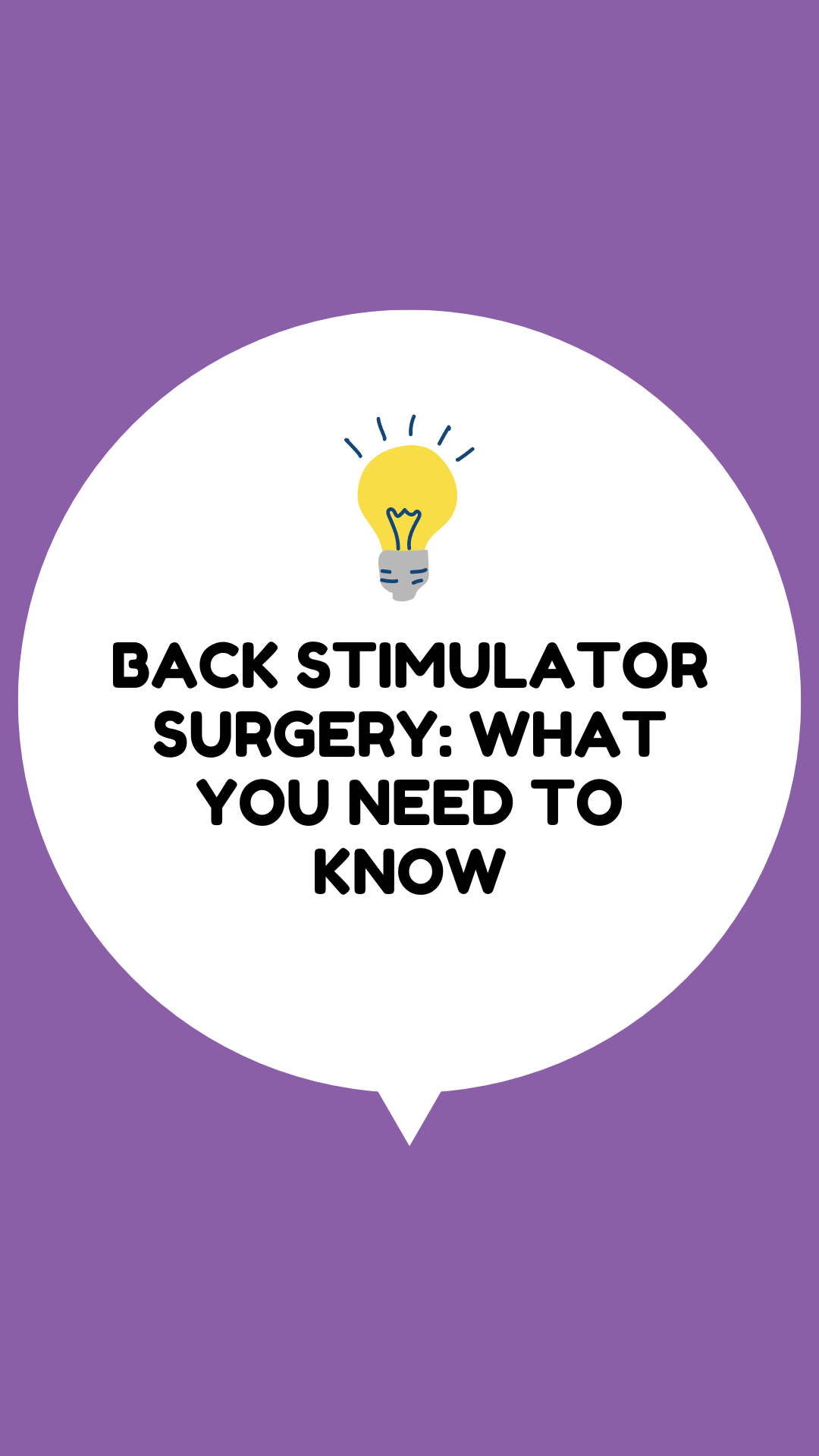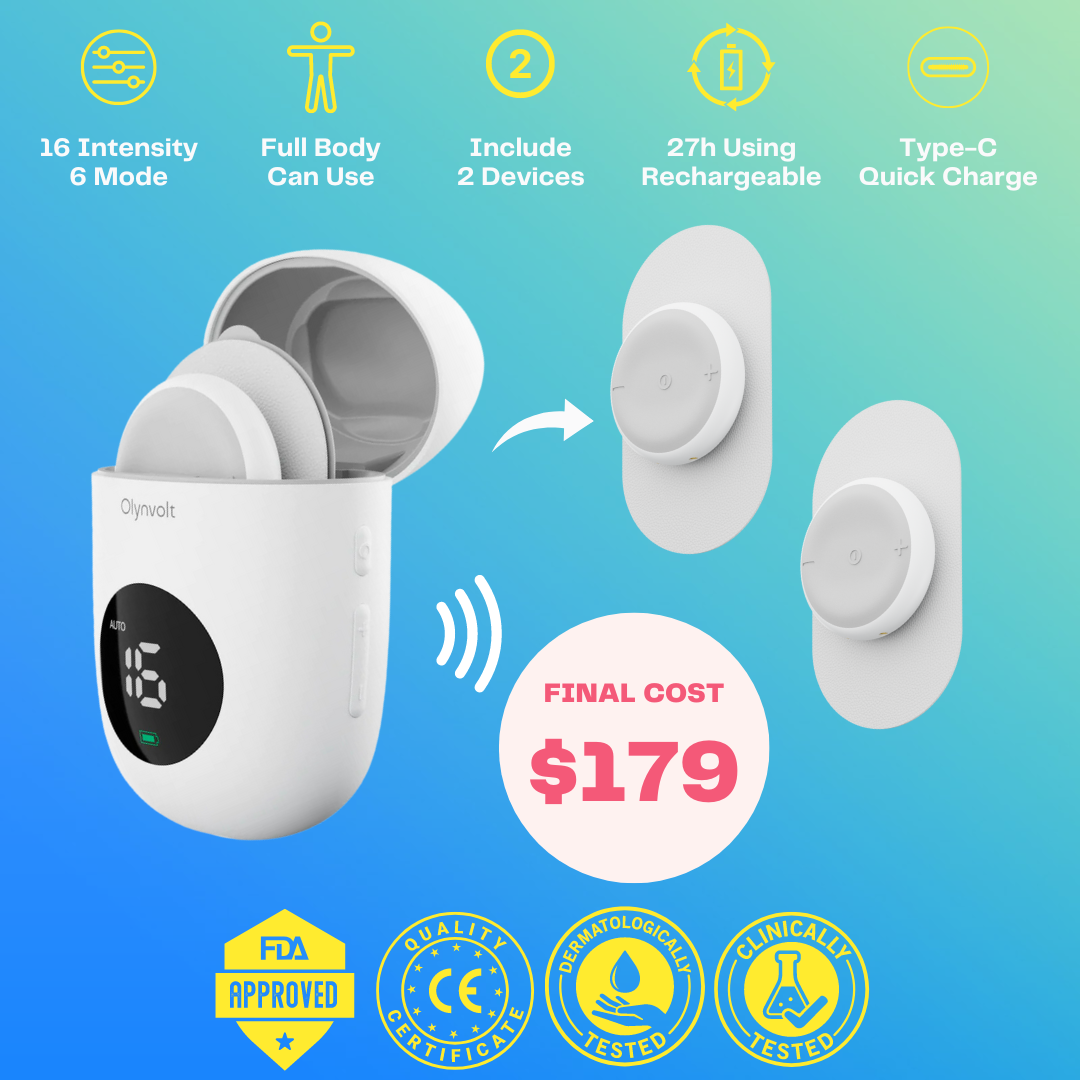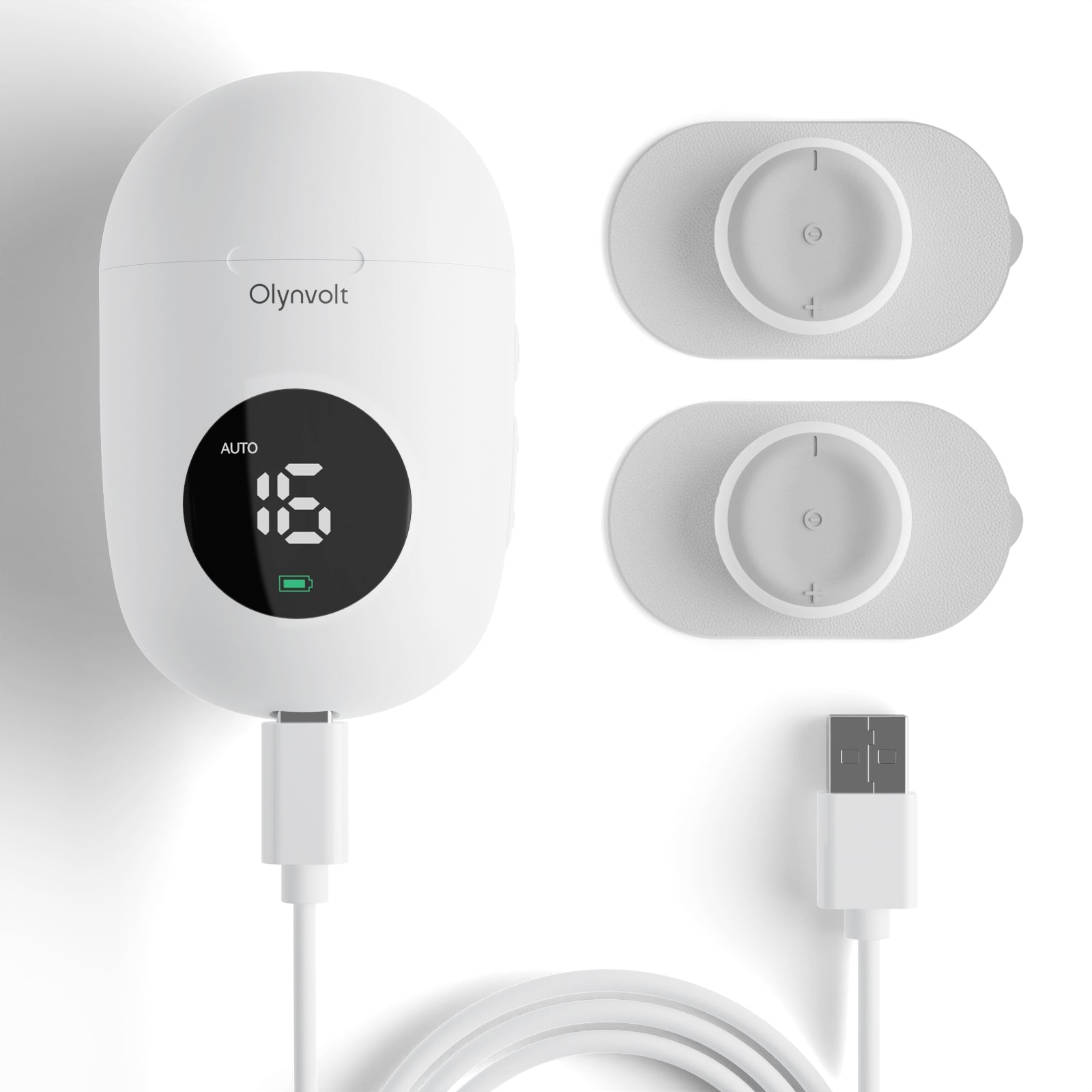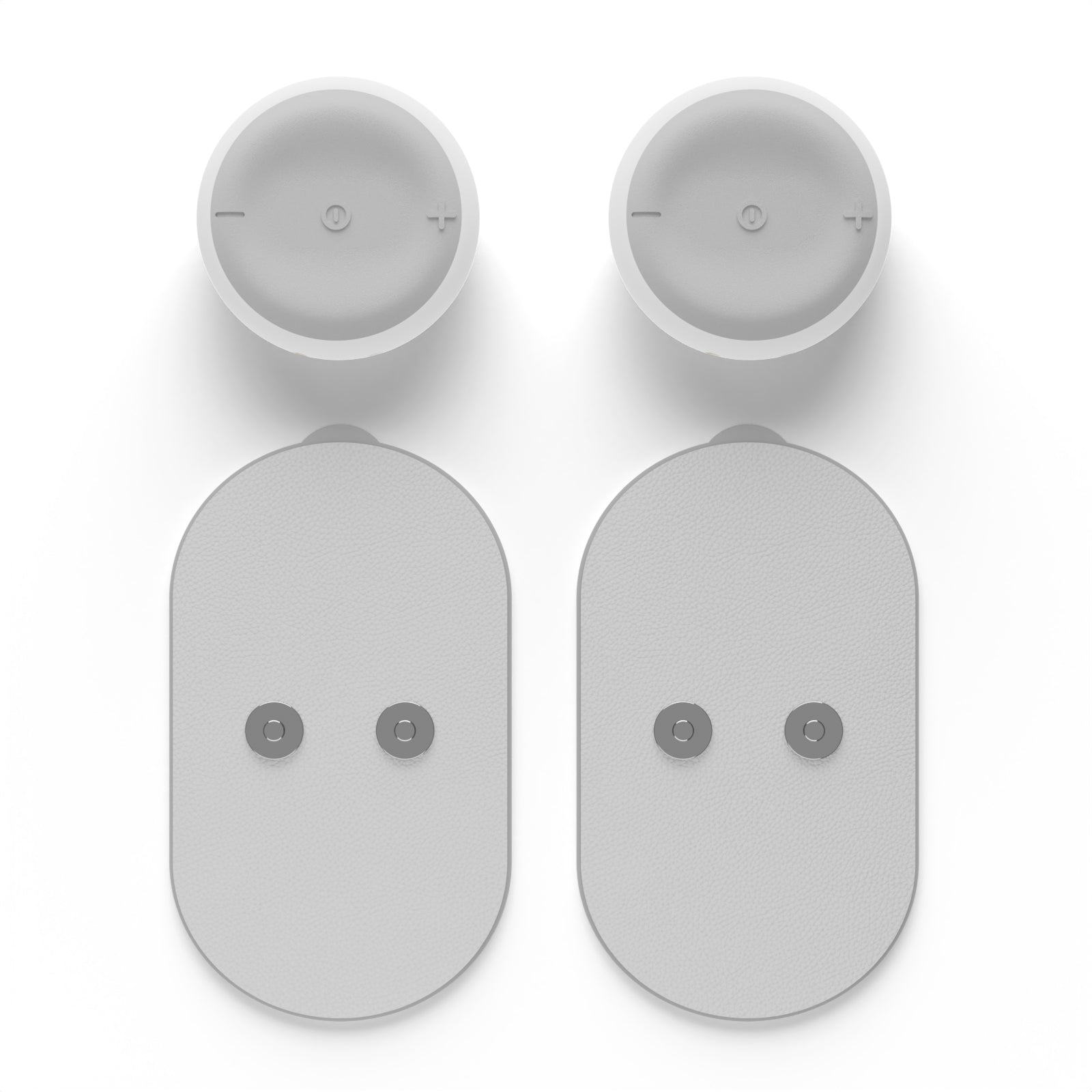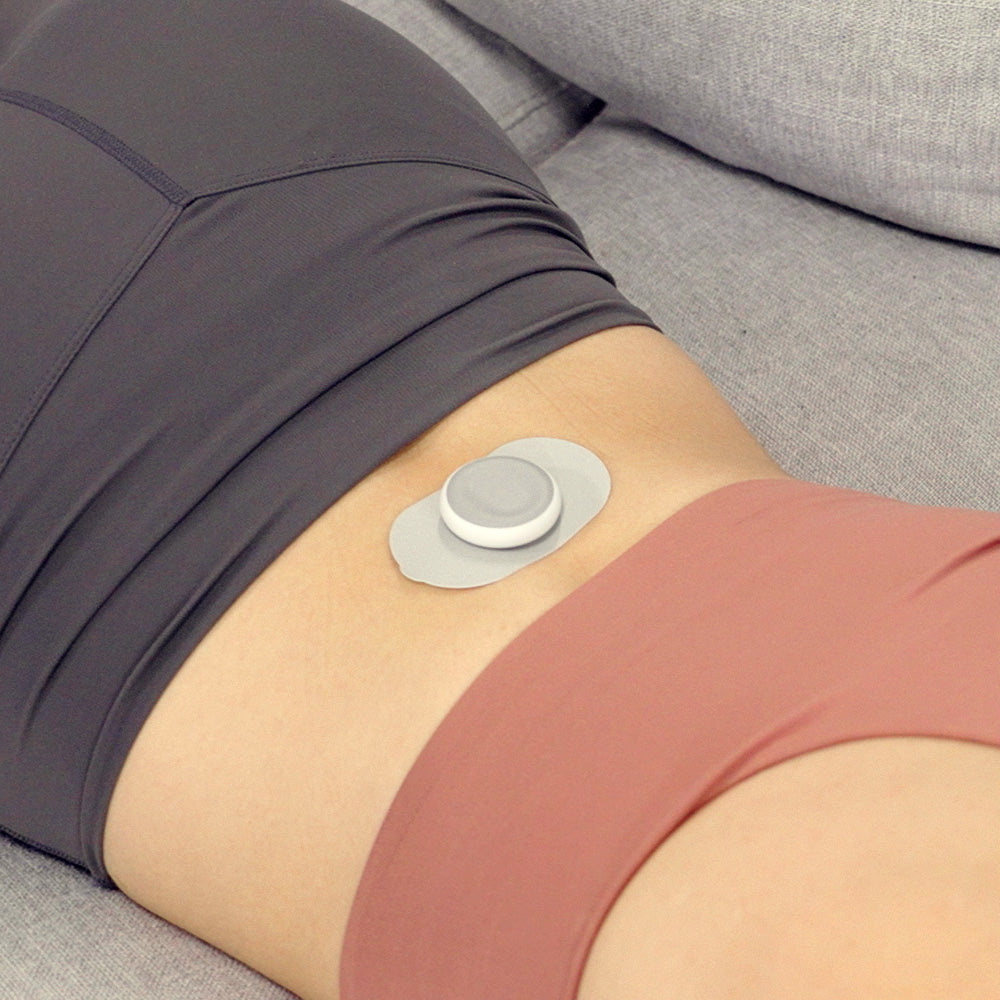Back Stimulator Surgery: What You Need to Know
Dealing with chronic back pain can feel like an endless battle. For some, the prospect of back stimulator surgery might seem like a ray of hope, offering the promise of relief from persistent discomfort. In this article, we'll delve into the basics of back stimulator surgery, explore its benefits and considerations, and introduce an alternative approach that could provide the relief you're seeking.
Understanding Back Stimulator Surgery
Back stimulator surgery, also known as spinal cord stimulation, involves the implantation of a device that delivers electrical impulses to the spinal cord. The goal is to interrupt pain signals and replace them with a tingling sensation, which can help alleviate pain and improve the overall quality of life for individuals dealing with chronic pain conditions.
Benefits of Back Stimulator Surgery
Reduced Reliance on Pain Medication: One of the significant benefits of back stimulator surgery is the potential reduction in the need for pain medication. By targeting pain at its source, individuals may find themselves relying less on pharmaceuticals to manage their discomfort.
Improved Functionality: Chronic pain can limit mobility and daily activities. Back stimulator surgery aims to improve functionality by reducing pain, allowing individuals to engage in activities they might have previously avoided.
Non-Invasive Option: Back stimulator surgery is considered a non-invasive option compared to more extensive surgical procedures. It involves the implantation of a small device, typically during an outpatient procedure.
Considerations and Risks
While back stimulator surgery offers potential benefits, it's essential to consider the following factors:
Suitability: Not everyone is a candidate for back stimulator surgery. A thorough evaluation by a healthcare professional is necessary to determine if this approach is appropriate for your specific condition.
Adjustment Period: Some individuals might require time to adjust to the sensation produced by the device. It's important to communicate any discomfort or concerns with your healthcare provider.
Battery Replacement: The implanted device requires periodic battery replacement, which might involve additional procedures.
Exploring Alternatives
If the idea of surgery gives you pause, there's a non-invasive alternative that you might find appealing – the use of portable electrical pulse massagers. These devices, like the Olynvolt Pocket Pro, offer a drug-free and surgery-free way to address pain. By delivering gentle electrical pulses, they target pain points and provide relief without the need for implantation or extensive procedures.
In Conclusion
Back stimulator surgery can offer relief for those struggling with chronic back pain, but it's crucial to consider its benefits, risks, and alternatives before making a decision. If you're seeking a non-invasive option, exploring alternatives like portable electrical pulse massagers could provide the comfort and relief you're looking for. Always consult with a healthcare professional to determine the best approach for your individual needs.

